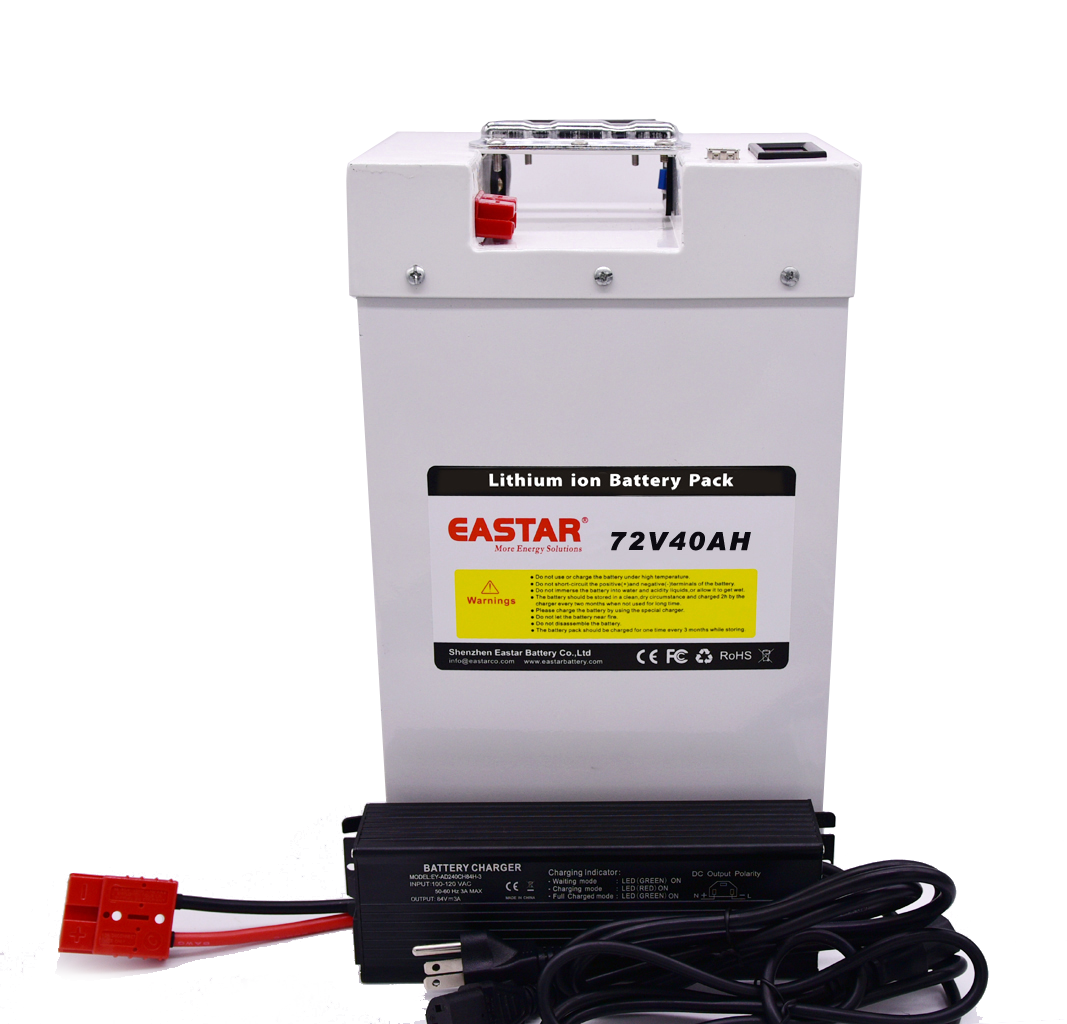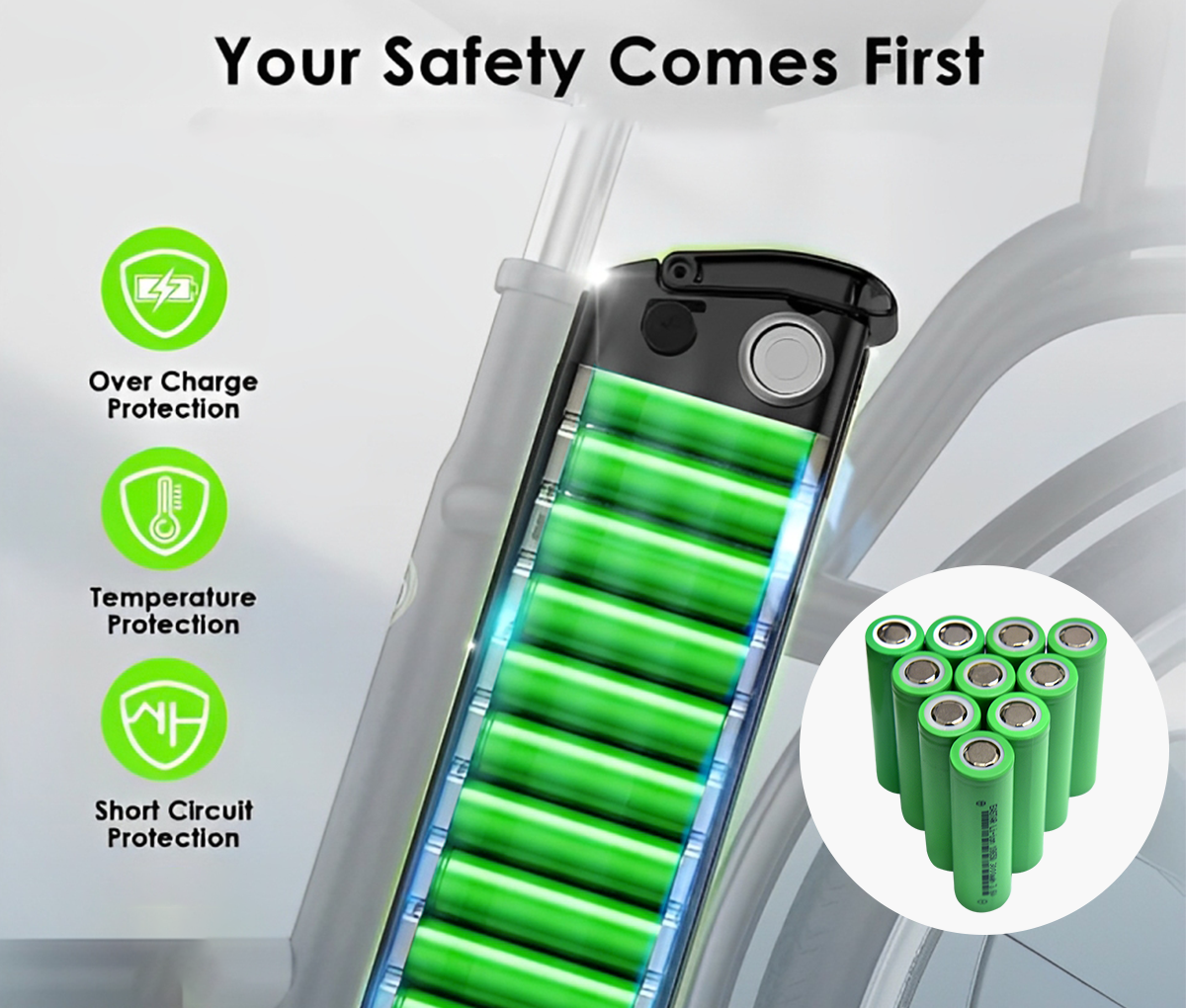Welcome to eastarbattery!
 86-18664968482
86-18664968482
 info@eastarco.com sales6@eastarbattery.com
info@eastarco.com sales6@eastarbattery.com
 RM 905,Hongchang Plaza,Shennan Road East, luohu District, Shenzhen
RM 905,Hongchang Plaza,Shennan Road East, luohu District, Shenzhen
- HOME
-
PRODUCTS
PRODUCTS
-
Energy Storage Battery
Stackable Battery Wall-Mounted Battery Residential Energy Storage System
-
Lithium Cell / LiFePo4 Cell
Lifepo4 Cell lithium cell -
Portable Power Station
-
12V/24V Lifep4 Battery Pack
24V LIFEPO4 BATTERY 12V LIFEPO4 BATTERY -
Golf Cart/Marine Battery
Golf Cart Batteries Marine Battery -
Two/Three Wheeler Batteries
-
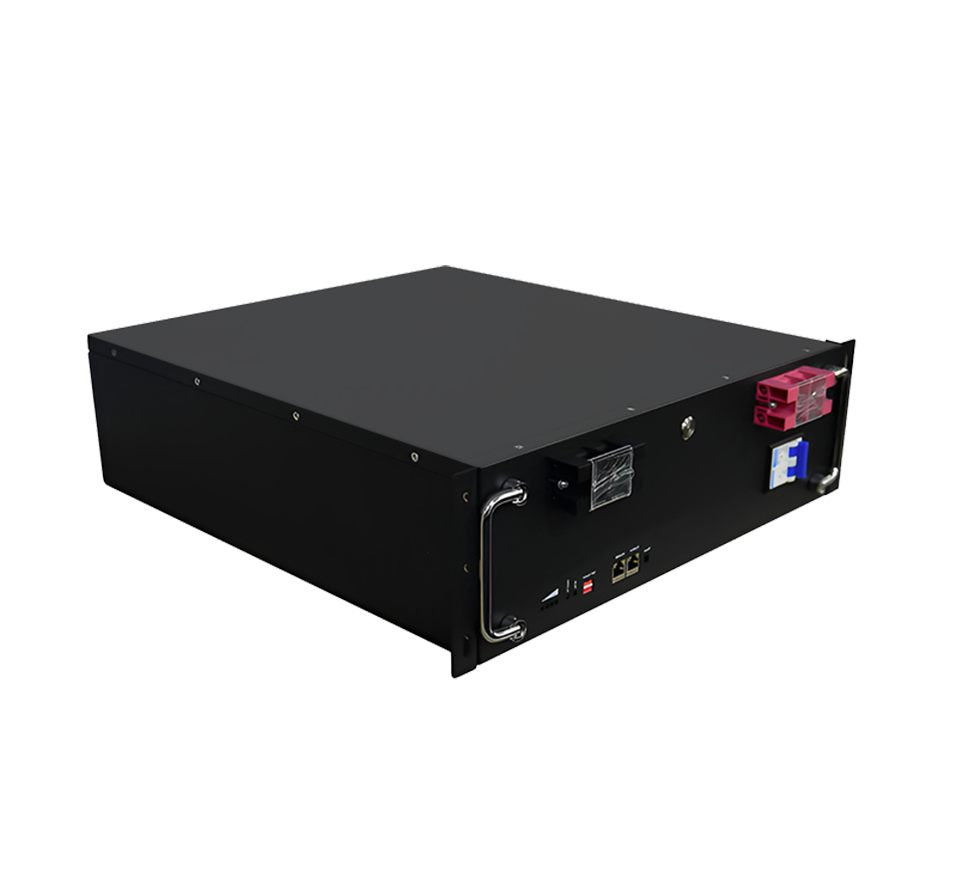
5.12 kWh Cabinet Type Energy Storage Lithium Battery
51.2V 100Ah LiFePO4 Battery – A powerful and versatile telecom battery solution for your energy needs. With a base capacity of 5.12kWh, these modular energy storage systems can be connected in parallel, supporting up to 15 units for increased capacity. They are ideal for home emergency power supplies, telecom applications, and more. Trust our reliable LiFePO4 battery systems to meet your energy demands efficiently and dependably.
→ -

48V/51.2v 100ah 5kwh Stackable Home Battery ESS LIFEPO4 BATTERY
Flexible installation Prismatic LiFePo4 battery cells Real-time communication interface monitoring Long life cycles
→ -
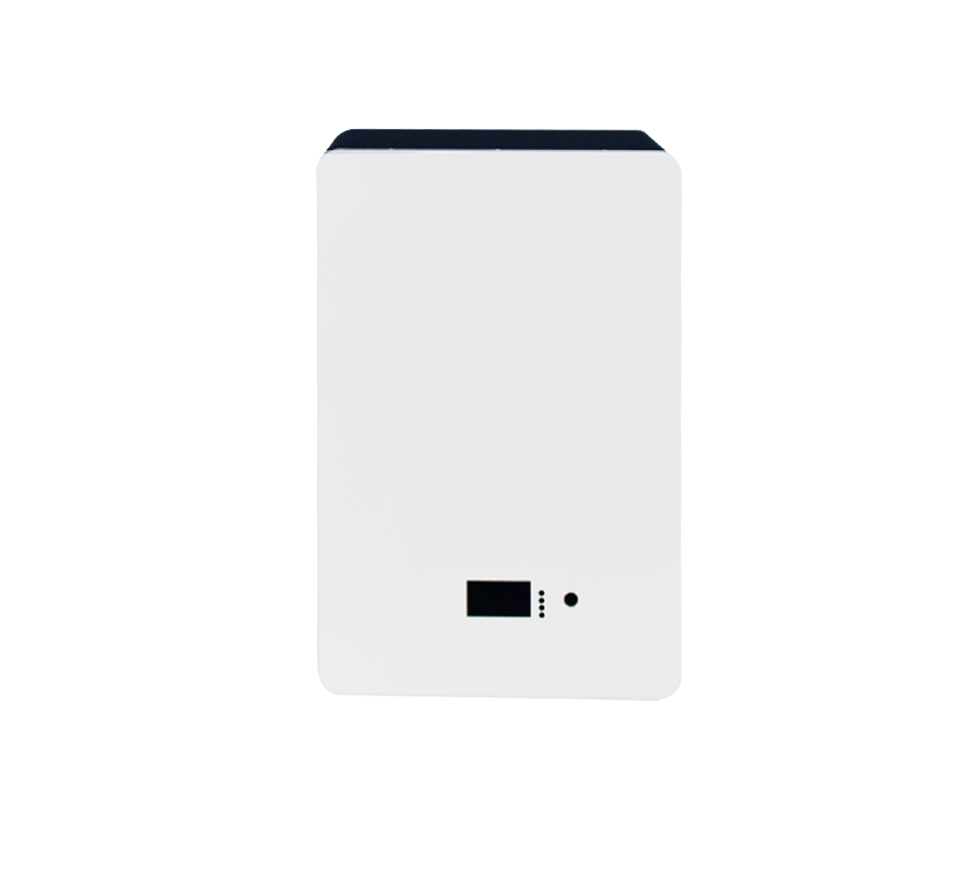
25.6V 200Ah Powerwall 5.12kwh Wall Mounted LIFEPO4 Battery For Residential Solar Energy Storage
Exceptional Durability: Supports over 6,000 charge cycles at 80% Depth of Discharge (DOD). All-Climate Compatibility: Operates seamlessly in temperatures ranging from -4°F to 167°F. Enhanced Safety Features: Equipped with a Battery Management System (BMS) for protection against overcharging, short circuits, and extreme temperatures. Rugged & Waterproof: IP56+ rating ensures reliability for both indoor and outdoor environments. Compact Design: Lightweight and space-efficient, making installation quick and easy.
→
-
.png)
NCM Li-ion cell list
→ -
.png)
LiFePO4 32700 Rechargeable Battery: 3.2V 6000mAh cylindrical Cell
This product specification describes Shenzhen production of lithium-ion rechargeable battery main performance index, please according to the specification of testing and the use of methods were used, if unknown, please and supplier negotiation
→ -
.png)
EASTAR 3C discharge 18650 2600mAh lithium Battery
The batteries should be stored at room temperature, charged to about 30% to 50% of capacity. We recommend that batteries be charged about once per half a year to prevent over discharge.
→
-
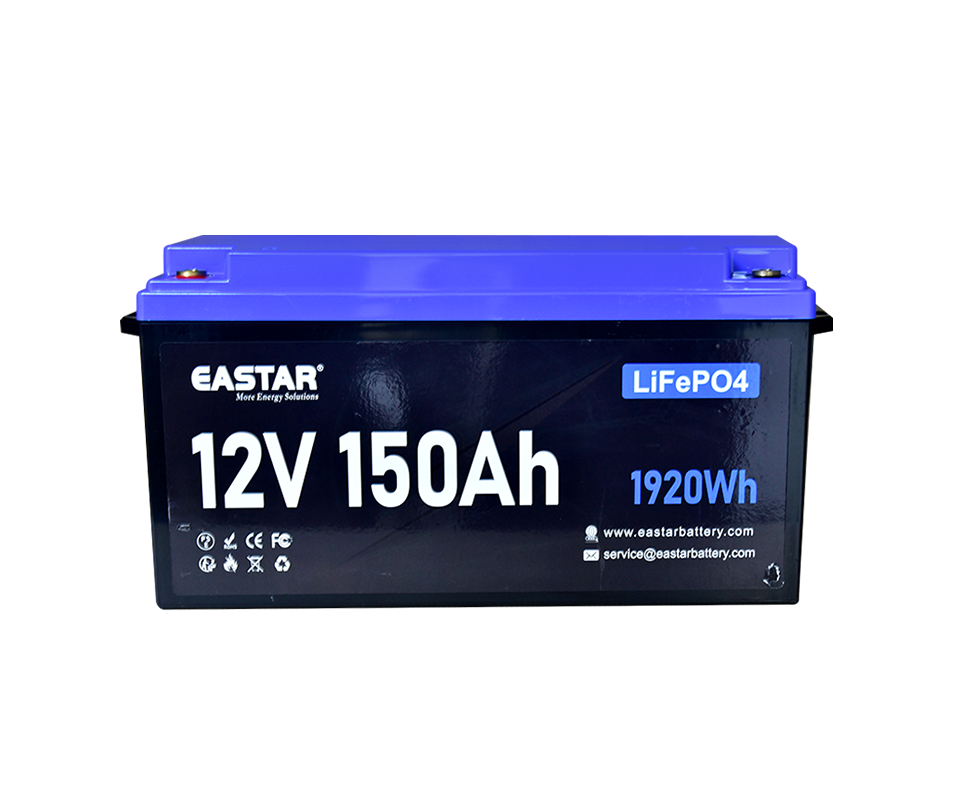
12.8V 150AH Lithium Iron Phosphate (LiFePO4) Battery
EASTAR'S 12V lithium battery has the outstanding features of large capacity per unit weight, high discharge power, fast charging, long cycle life, and high stability under high temperature and high heat environment. built-in BMS management system, which can independently realize all kinds of protection as well as protection recovery, and the modules can be used directly in parallel. Lithium alternative lead-acid, not only can save battery space, reduce battery weight, but also has a long life, wide operating temperature range, support for high-current discharge and a series of advantages.
→ -
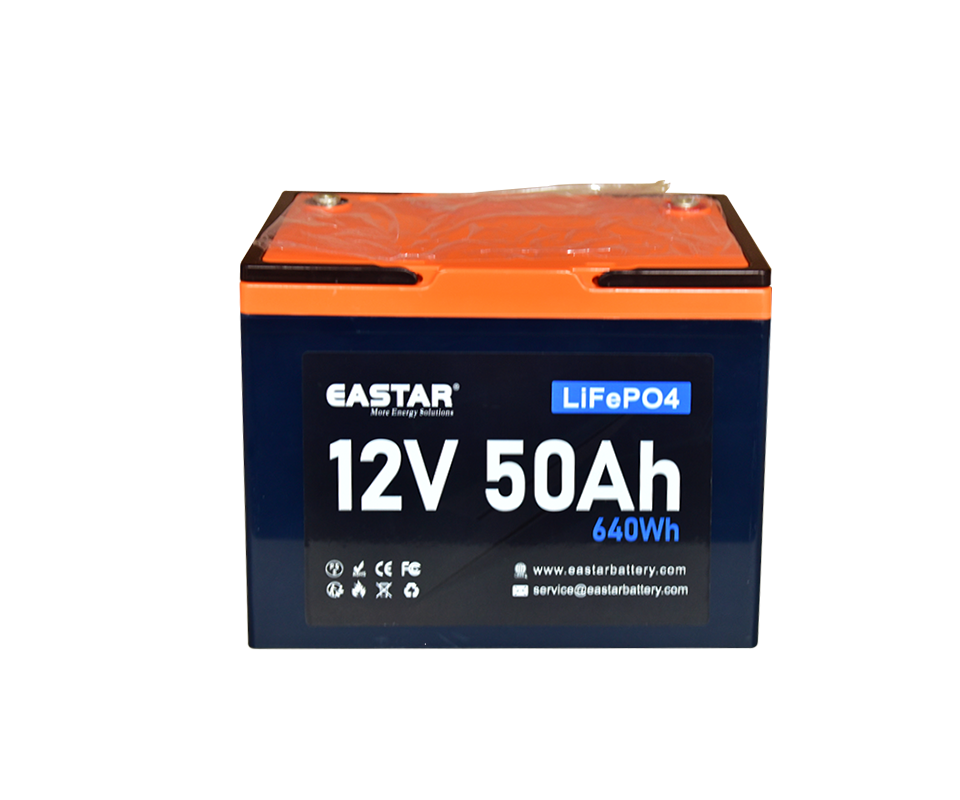
12V 50AH LiFePO4 Battery for solar
EASTAR'S 12V lithium battery has the outstanding features of large capacity per unit weight, high discharge power, fast charging, long cycle life, and high stability under high temperature and high heat environment. built-in BMS management system, which can independently realize all kinds of protection as well as protection recovery, and the modules can be used directly in parallel. Lithium alternative lead-acid, not only can save battery space, reduce battery weight, but also has a long life, wide operating temperature range, support for high-current discharge and a series of advantages.
→ -
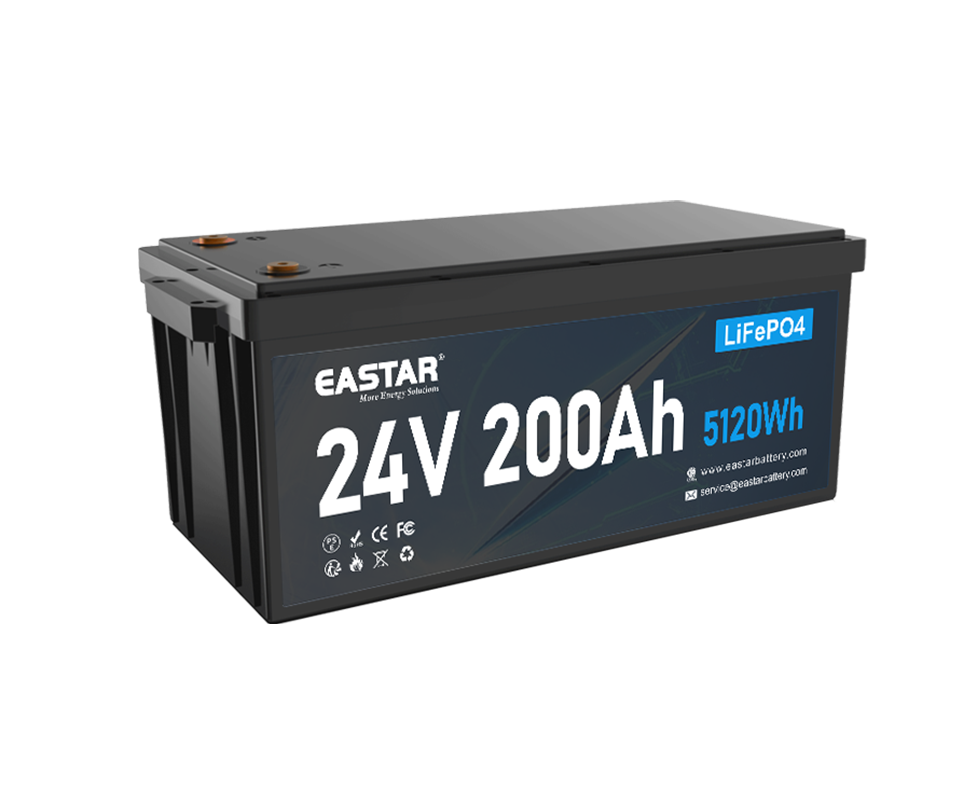
EASTAR 24V 200Ah LiFePO4 Battery for solar
The 24V 200Ah battery uses Grade A (EV-grade) LiFePO4 cells, making it a premium replacement for AGM and gel lead-acid batteries. It delivers outstanding performance across various applications, including backup power, power systems, and communication tools. Additionally, it is highly suitable for RVs, golf carts, boats, and solar systems.
→
-
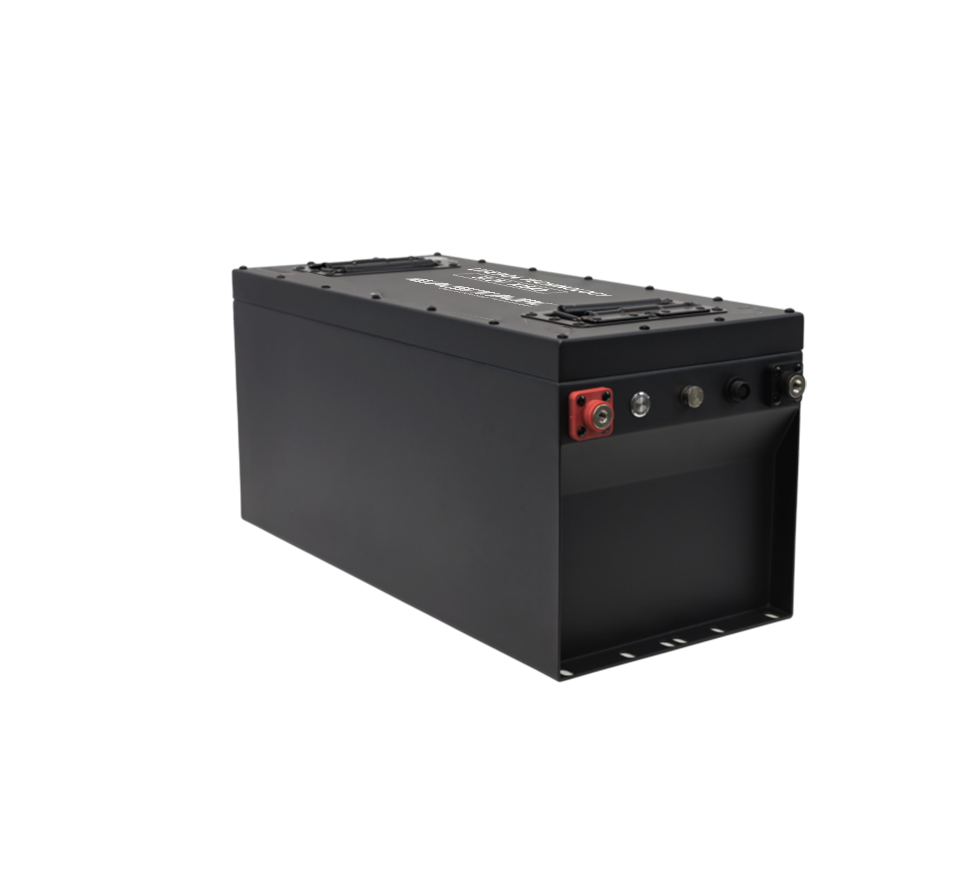
Lithium Golf Cart Batteries 72V 105Ah LiFePO4 Battery
EASTAR golf cart battery offers a reliable power solution for golf carts, available in capacities like 50AH - 150AH and voltages of 36V, 48V, 72V. Its LIFEPO4 batteries have high energy density, are lightweight, enable longer operation, and charge quickly (3 - 5 hours). They support deep discharge for steady power, have a 10-year lifespan with no maintenance, and multiple safety features. EASTAR specializes in these batteries, which come with BMS protection and a meter for amperage indication. The LiFePO4 chemistry and advanced tech ensure safe operation in all stages.
→ -
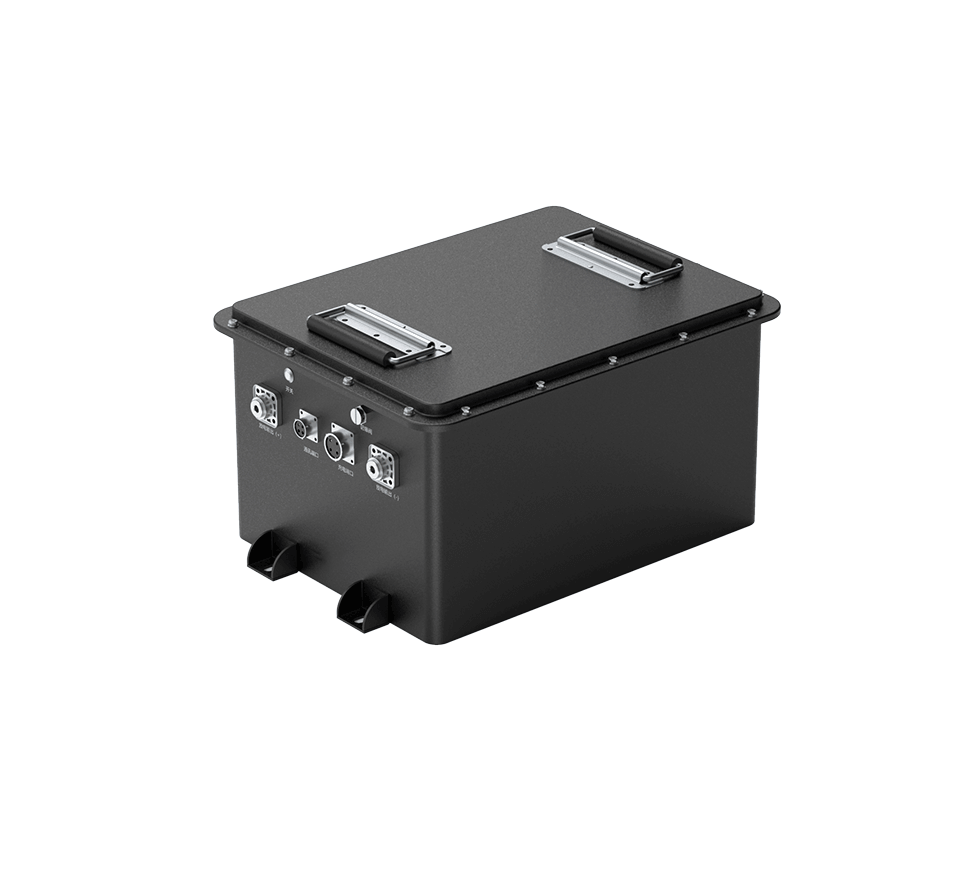
51V 60Ah LiFePO4 Battery for Golf Cart
EASTAR golf cart battery is a high-efficiency battery solution designed for golf carts. Its lightweight and long service life make golf carts more flexible during driving and can support longer use without frequent charging. In addition, lithium batteries have fast charging speed and excellent energy density, providing stable and reliable power, and improving the overall performance of golf carts. Compared with traditional lead-acid batteries, 36V lithium batteries have better durability and lower maintenance costs. They can work normally in extreme weather conditions while reducing environmental impact. With the advancement of technology, more and more golf cart manufacturers are beginning to adopt lithium batteries to meet users’ higher demands for endurance and efficiency.
→ -

36V 105Ah Lithium Golf Cart Battery
EASTAR golf cart battery is a high-efficiency battery solution designed for golf carts. Its lightweight and long service life make golf carts more flexible during driving and can support longer use without frequent charging. In addition, lithium batteries have fast charging speed and excellent energy density, providing stable and reliable power, and improving the overall performance of golf carts. Compared with traditional lead-acid batteries, 36V lithium batteries have better durability and lower maintenance costs. They can work normally in extreme weather conditions while reducing environmental impact. With the advancement of technology, more and more golf cart manufacturers are beginning to adopt lithium batteries to meet users’ higher demands for endurance and efficiency.
→
-
- CASES
- ABOUT EASTAR
- NEWS & EVENT
- CONTACT US
- Alibaba
- Made-in-China


